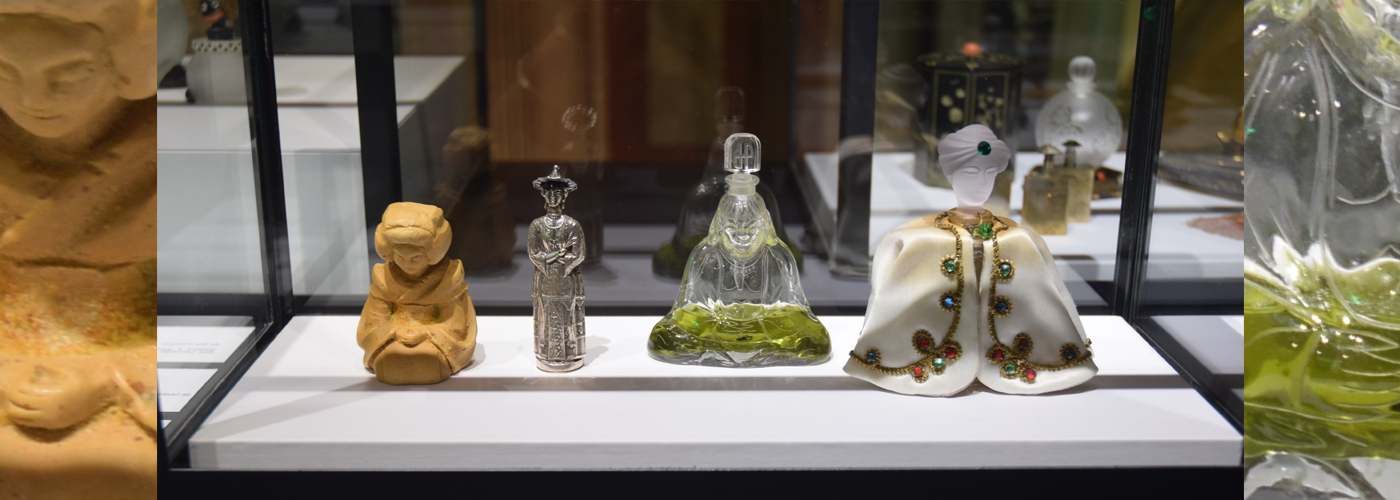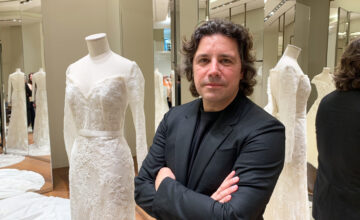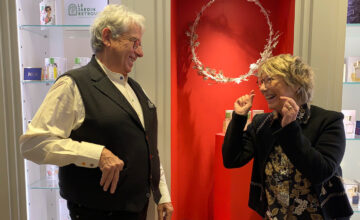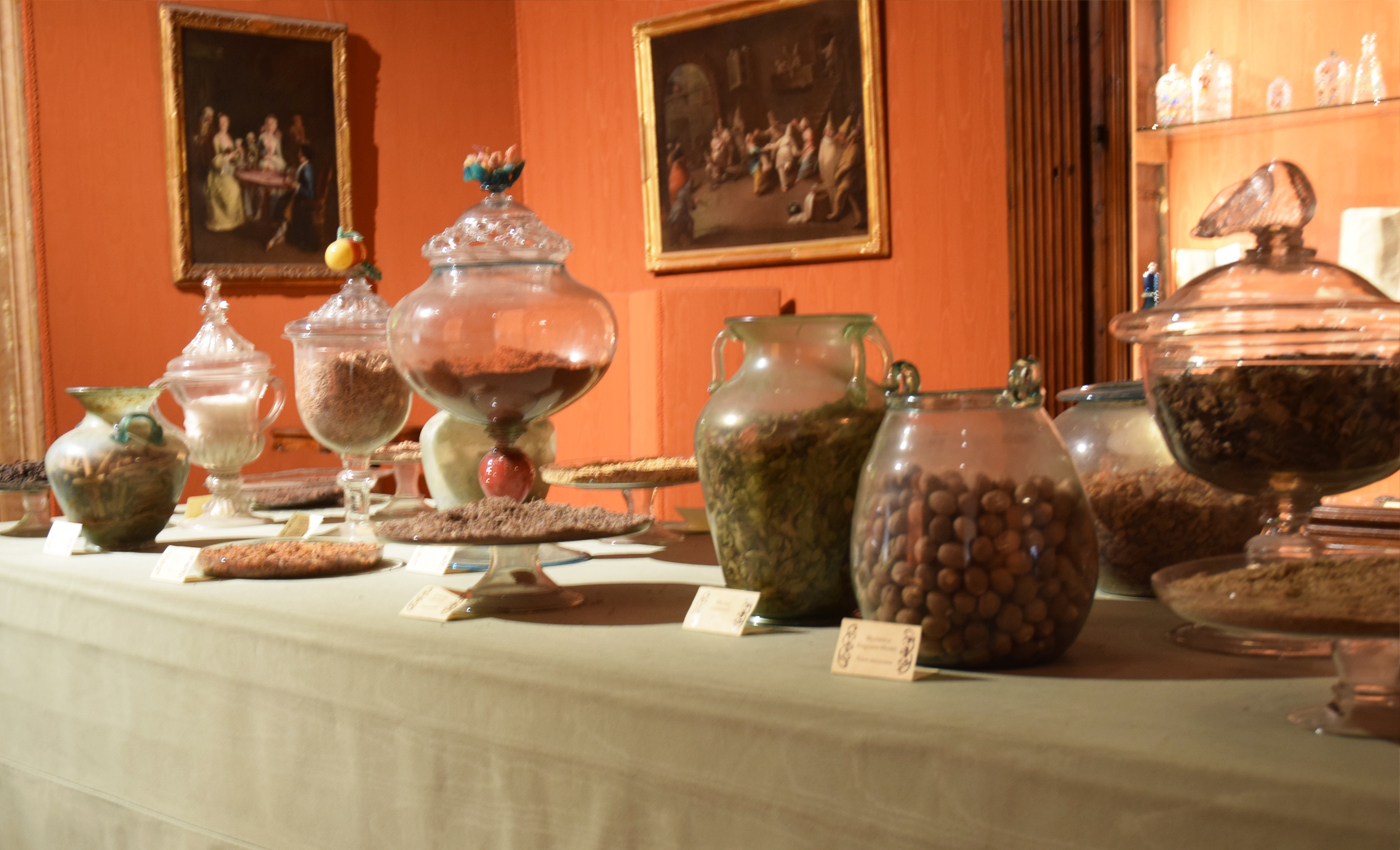
As if the place wasn’t fabulous enough already, Venice now has Museo di Palazzo Mocenigo, a Museum of Perfume, complete with an open access fragrance lab and an education centre. It is also home, of sorts, to The Merchant Of Venice fragrance house, whose owner, Marco Vidal, kindly showed us around the beautifully restored and architecturally stunning palazzo recently.
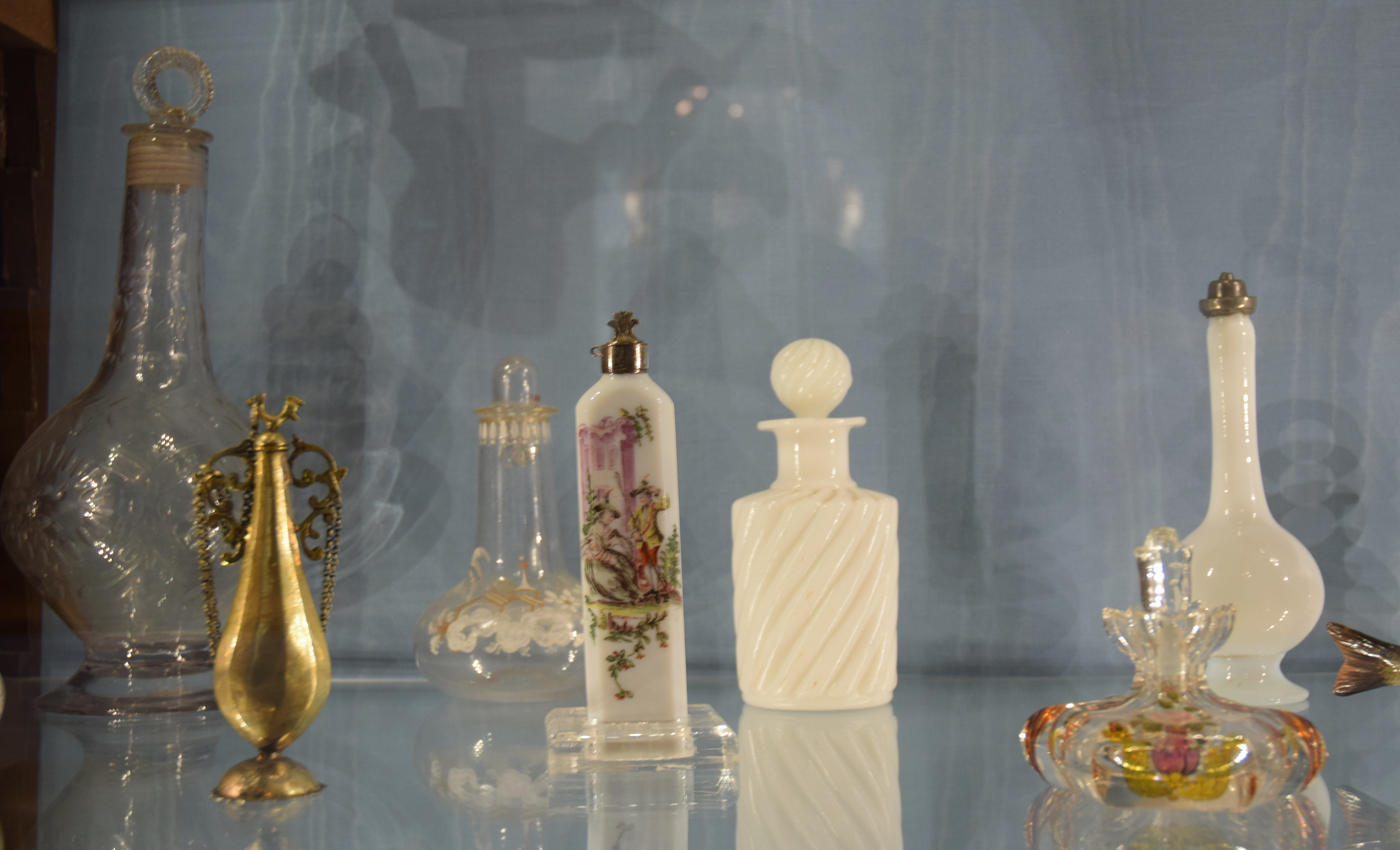
Venice has a long history of fragrance love, indeed Venice considers itself the home of fragrance, crediting Theodora Ducas, Greek wife of the Doge of Venice, with introducing it to the city on her marriage in 1075. Venice’s pivotal role with the trade routes to the East enabled Venetians to import any manner of exotic spices, animal extracts and scented resins to satisfy their growing scent obsession.

Nestled down a quiet side street and easy to overlook, the museum offers an informative overview of local fragrance history, displayed in a fully restored and elegant Venetian palazzo. You could save a lot of queuing time by skipping those busy better known palaces and heading straight to this little gem, with its exquisite paintings, textiles – all restored by the Rubelli workshop – and wonderful perfume space.
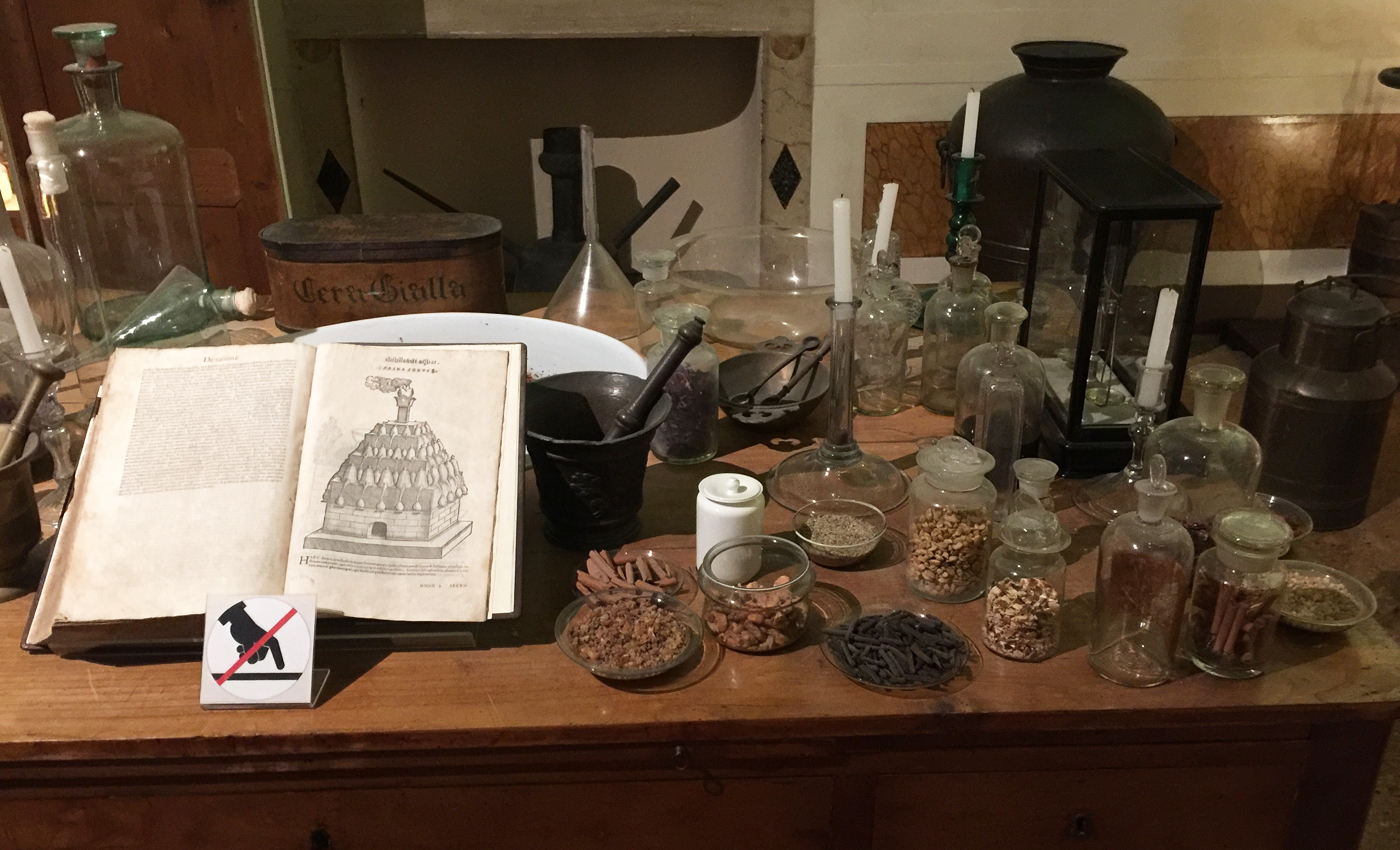
The museum demonstrates how Venice used its geographic and cultural position to further its love of fragrance. These include the ingredients used, presented in locally made Murano glass containers, to the very first recipe book of fragrance formulas, the Secreti Nobilissimi dell’Arte Profumatoria by Giambattista Rosetti, published in 1672. (above).
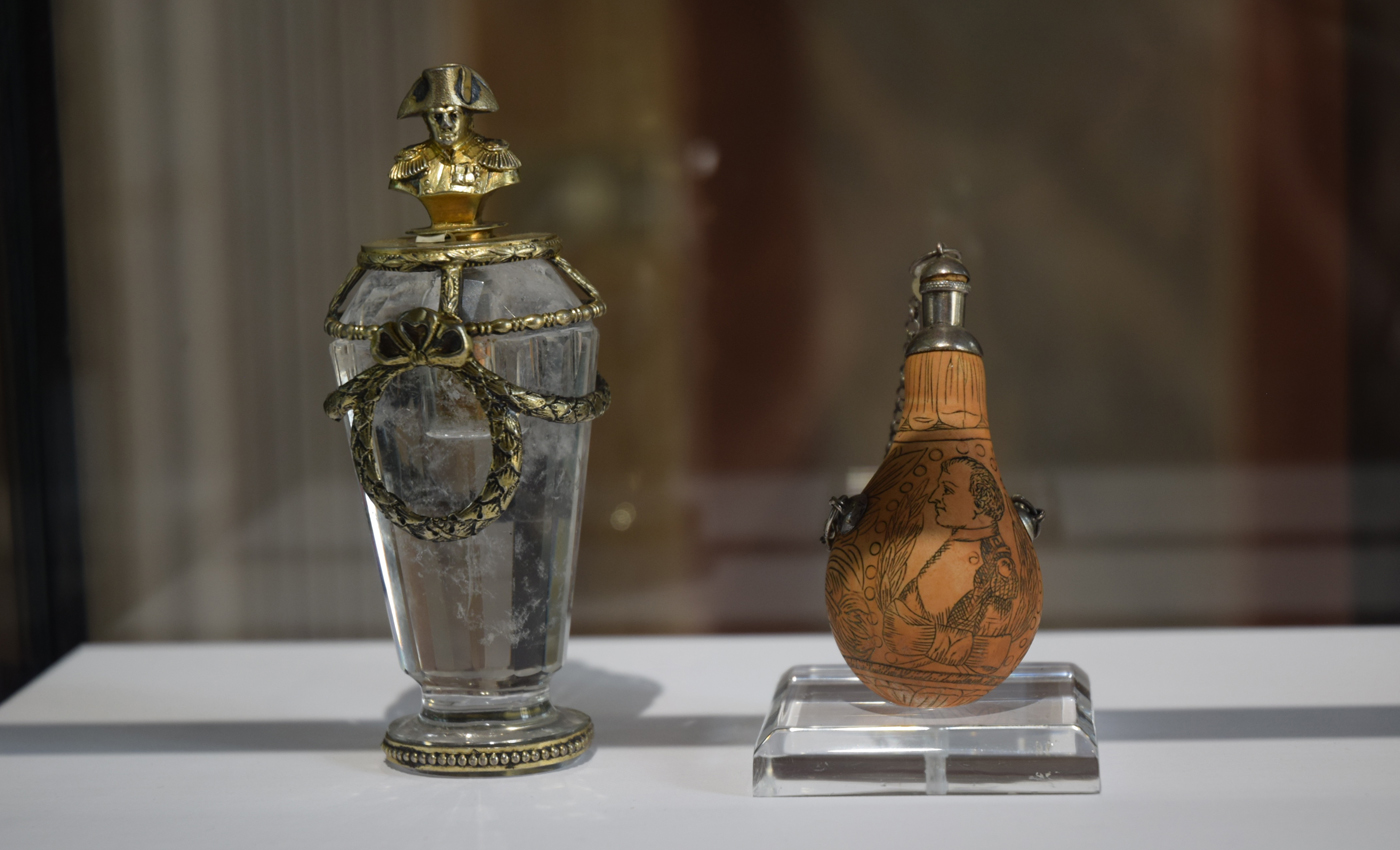
The museum also houses the unique Storp collection of 2500 vintage perfume bottles, one of the most important collections in the world. When we visited, a carefully edited selection of the best were presented in a delightful pop up show, The Cabinet Of Curiosities. This is heaven if you are a bottle fan, with bottles dating back to 2000 BC. Marco told us many beauty brands visit the collection seeking inspiration for their own ranges and it truly is a joy to view.

As a lover of fragrance jewellery, I loved the ring flacons above, made of mother-of-pearl and polished brass and still in amazing condition, despite their age (late nineteenth century). The one on the right has a fastening that slips through a buttonhole.
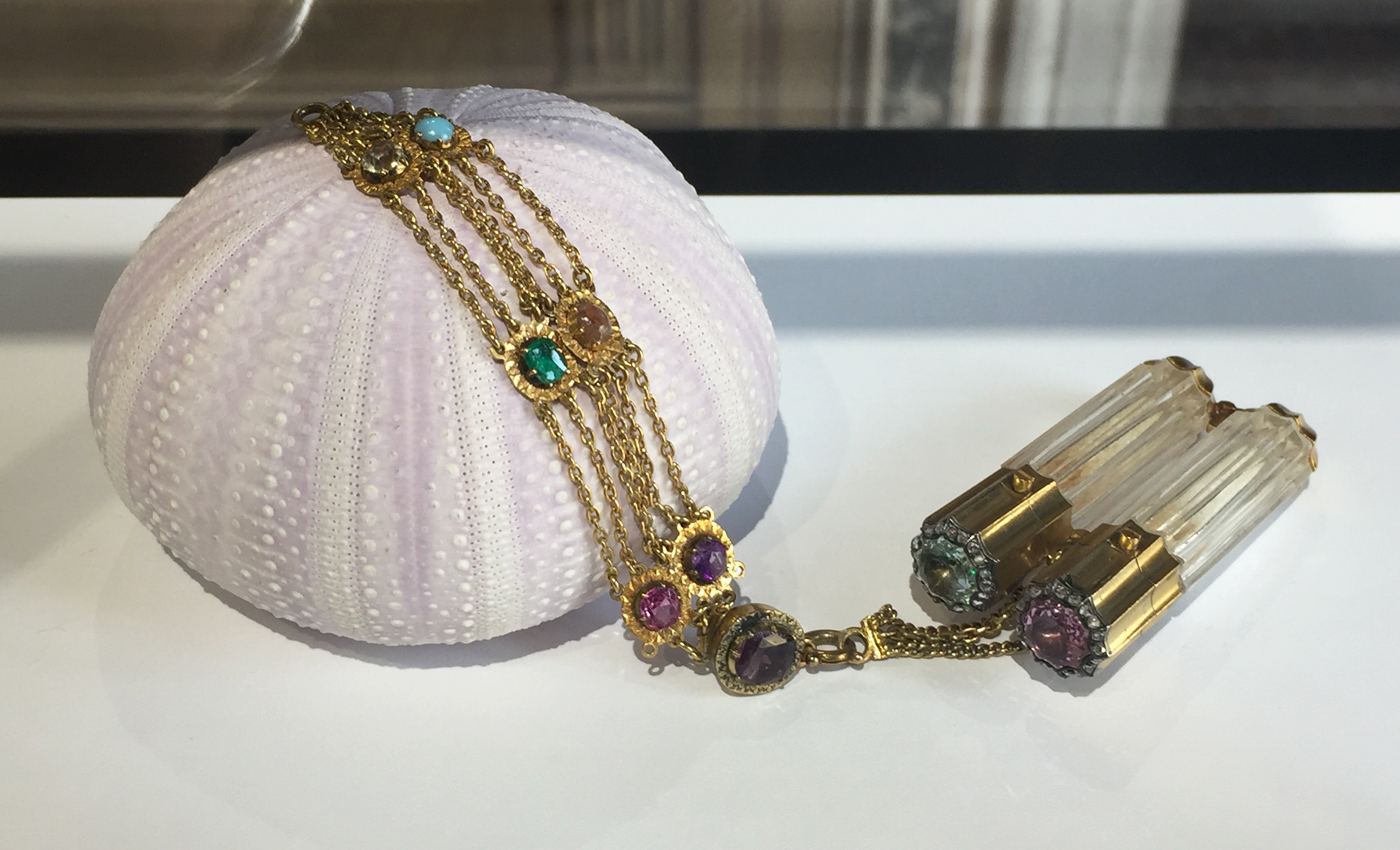
Wouldn’t you just love a scented necklace such as this one above? Again it’s 19th century, so it would originally have been for two sorts of smelling salts and is heavily encrusted with gems.
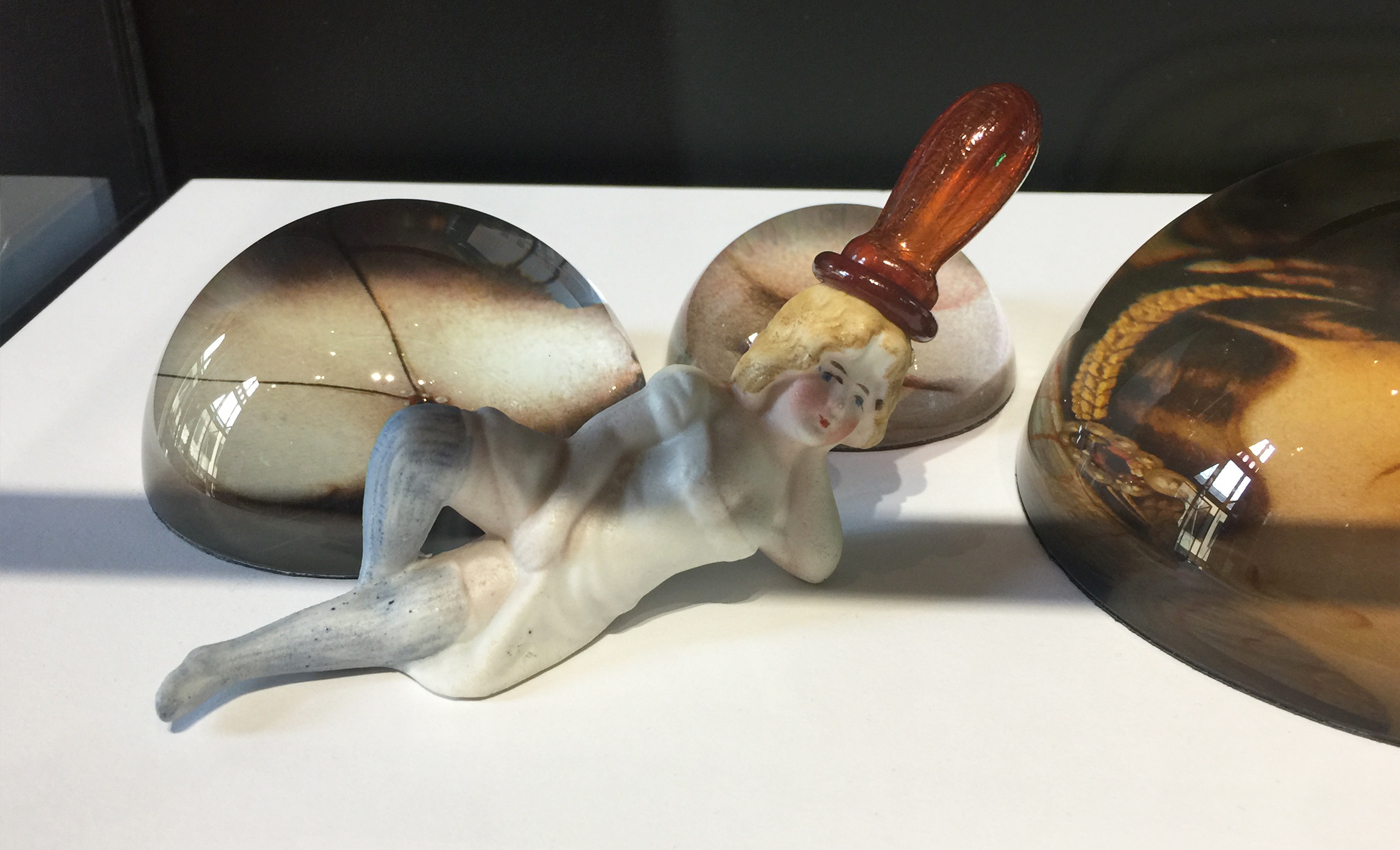
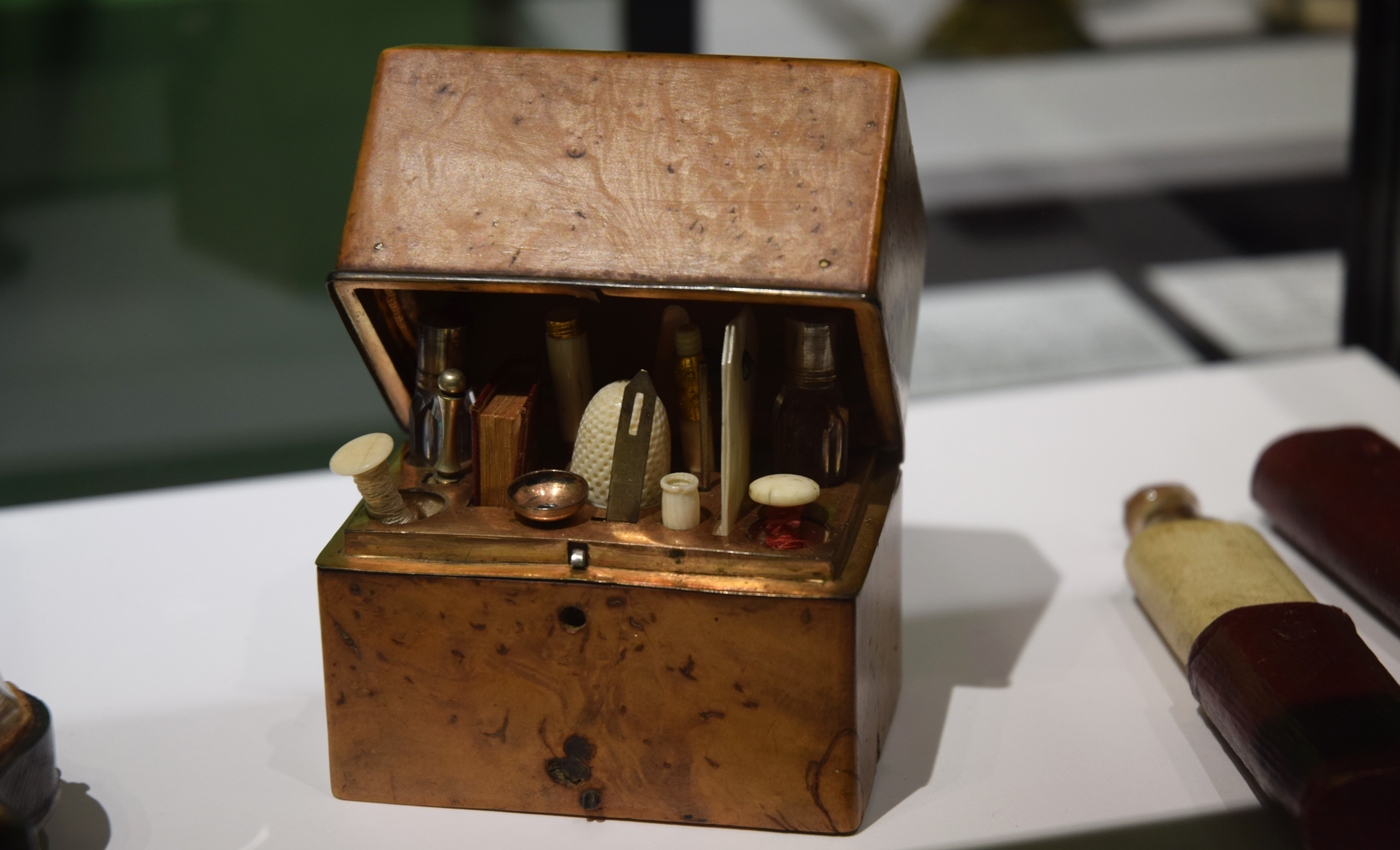
As you walk through this engaging collection of scented survivors from past centuries, you can’t help but wonder whose dressing table the cheeky French pisseuse bottle (above) sat on, or who might have been groomed and scented by the owner of the useful 1780s wooden necessaire box, full of such dainty tools.
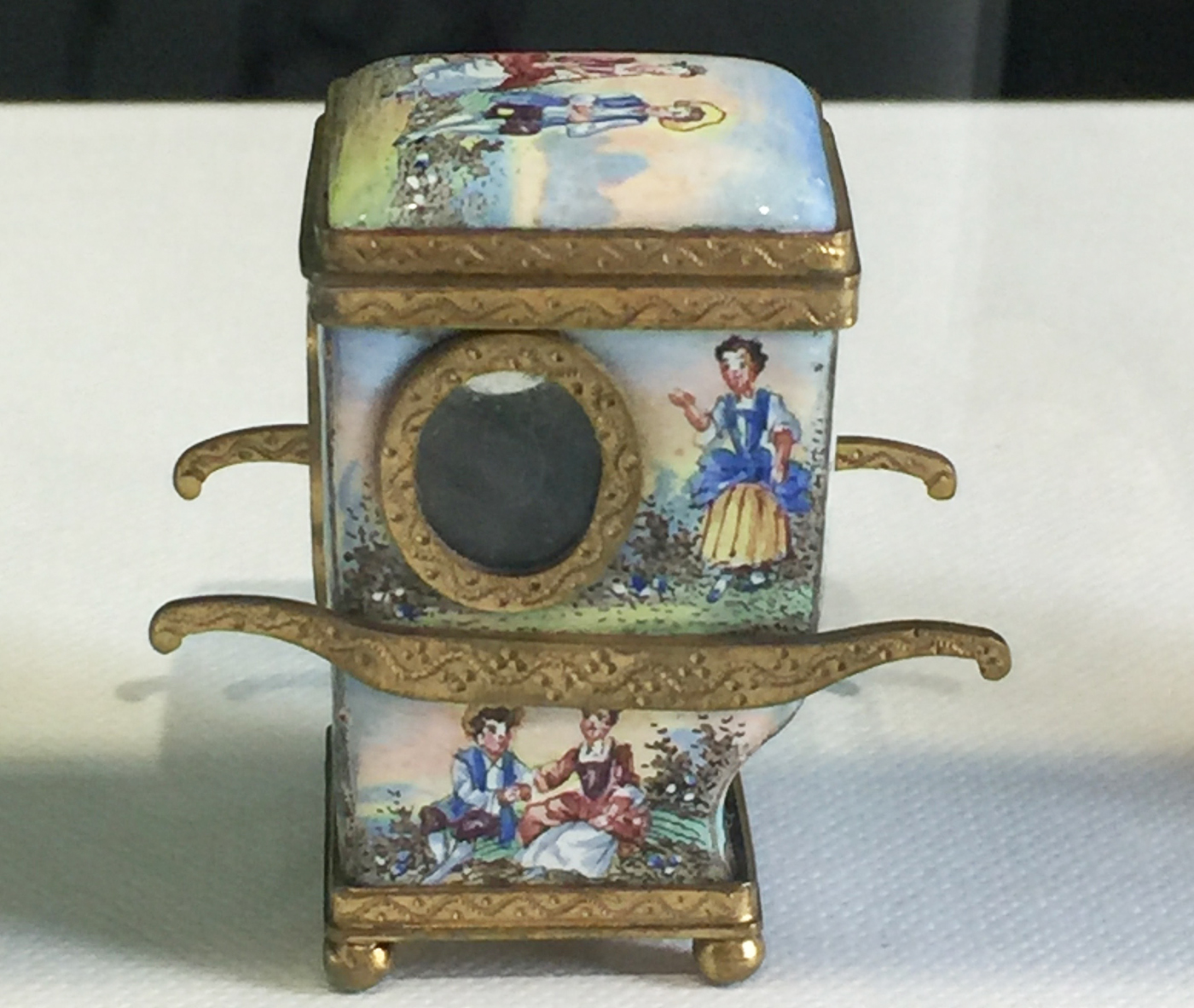
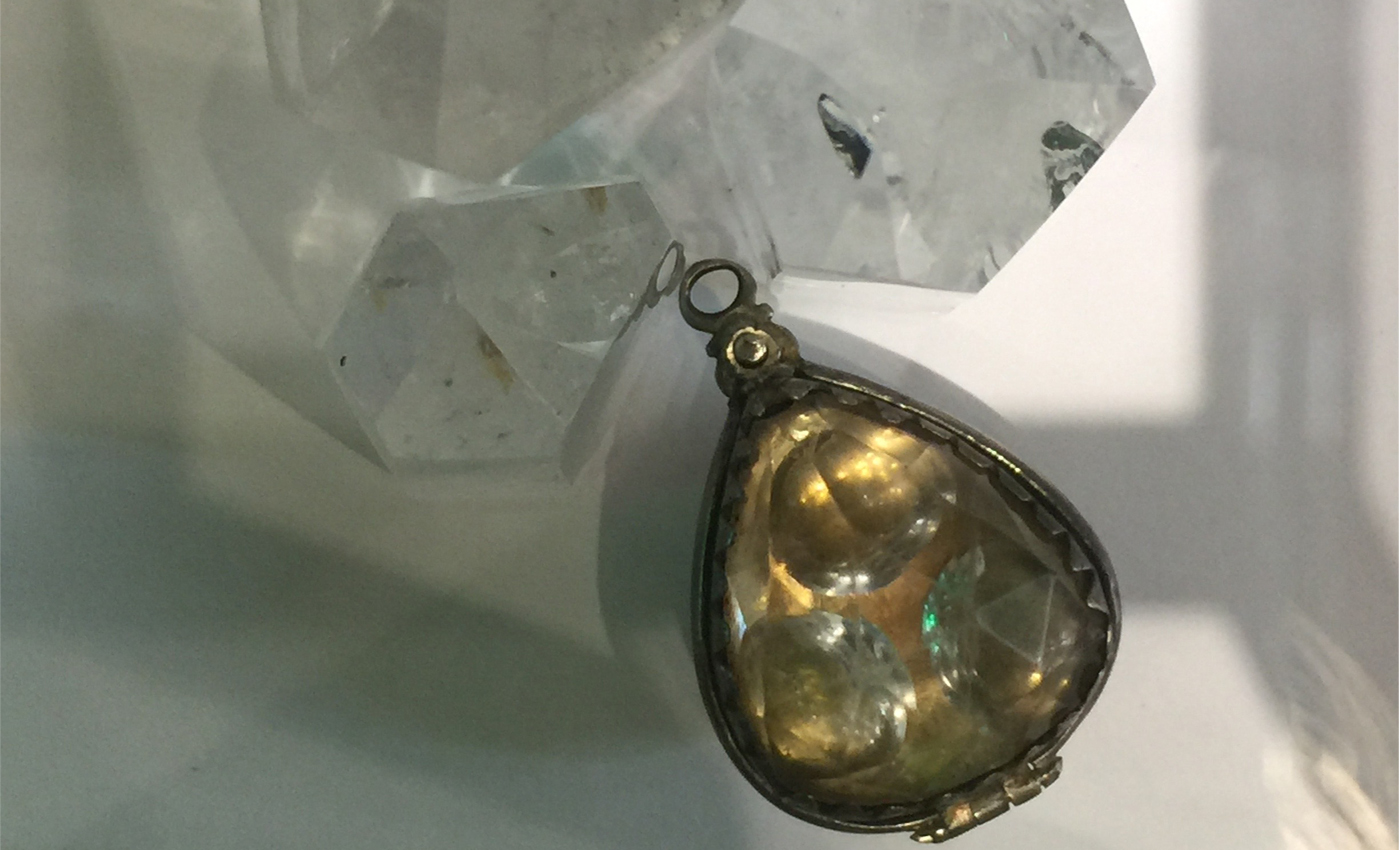
And what adventures do you think the mountain crystal pendant might have been on since the 17th century, dangling from the lanyard of a finely dressed person? Who might have inhaled its selection of three different types of reviving salts? You can just see the three different circular sections within the crystal.
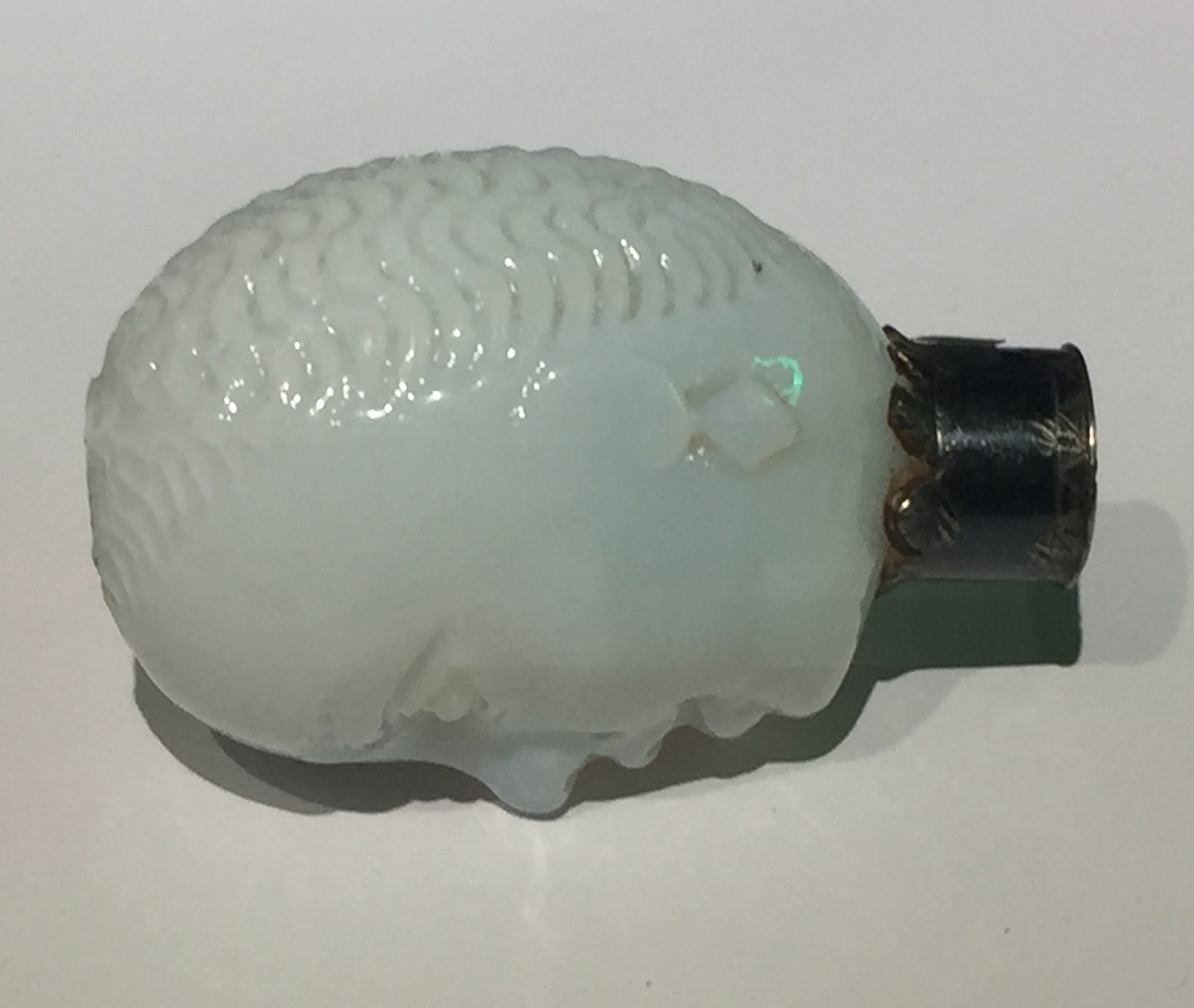
My favourite bottle was the opal glass head, with its carefully sculpted wavy hair and elegant face details, dating from 1675. That makes it nearly 350 years old. How has something so delicate lasted so long?
The bottle seemed to be designed to fit into the palm of the hand, acting perhaps, like a talisman for its owner, of which there must have been many, surely, over the years.
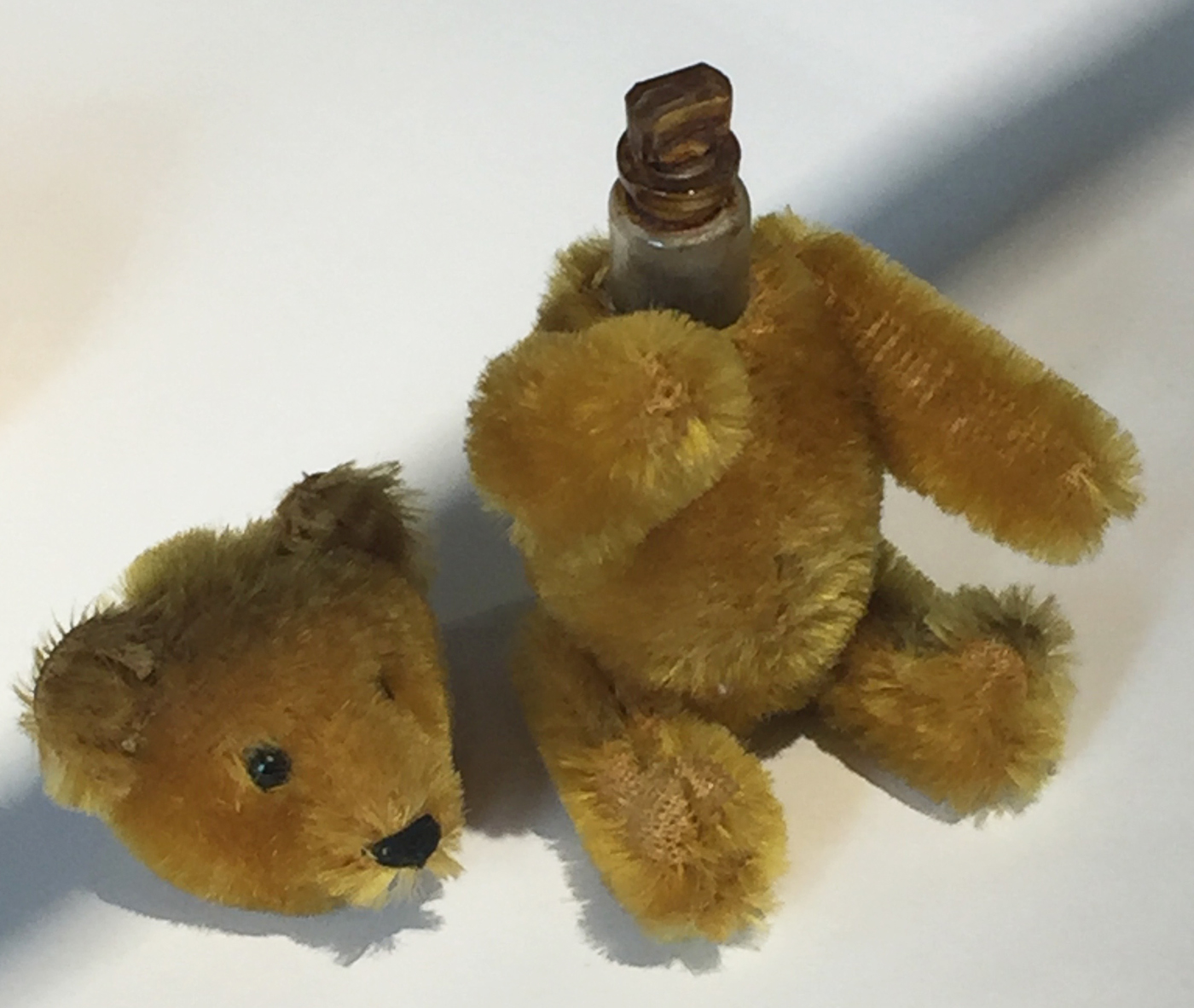

Cats and dogs with tiny perfume bottles inside the ceramic! What’s not to love? The pug, left, is Meissen and both are 18th century. The American Schuco teddy bear (above) is dated from 1920 and has a tiny bottle for scent anchored deep in its belly accessed, somewhat alarmingly, by removing its head.
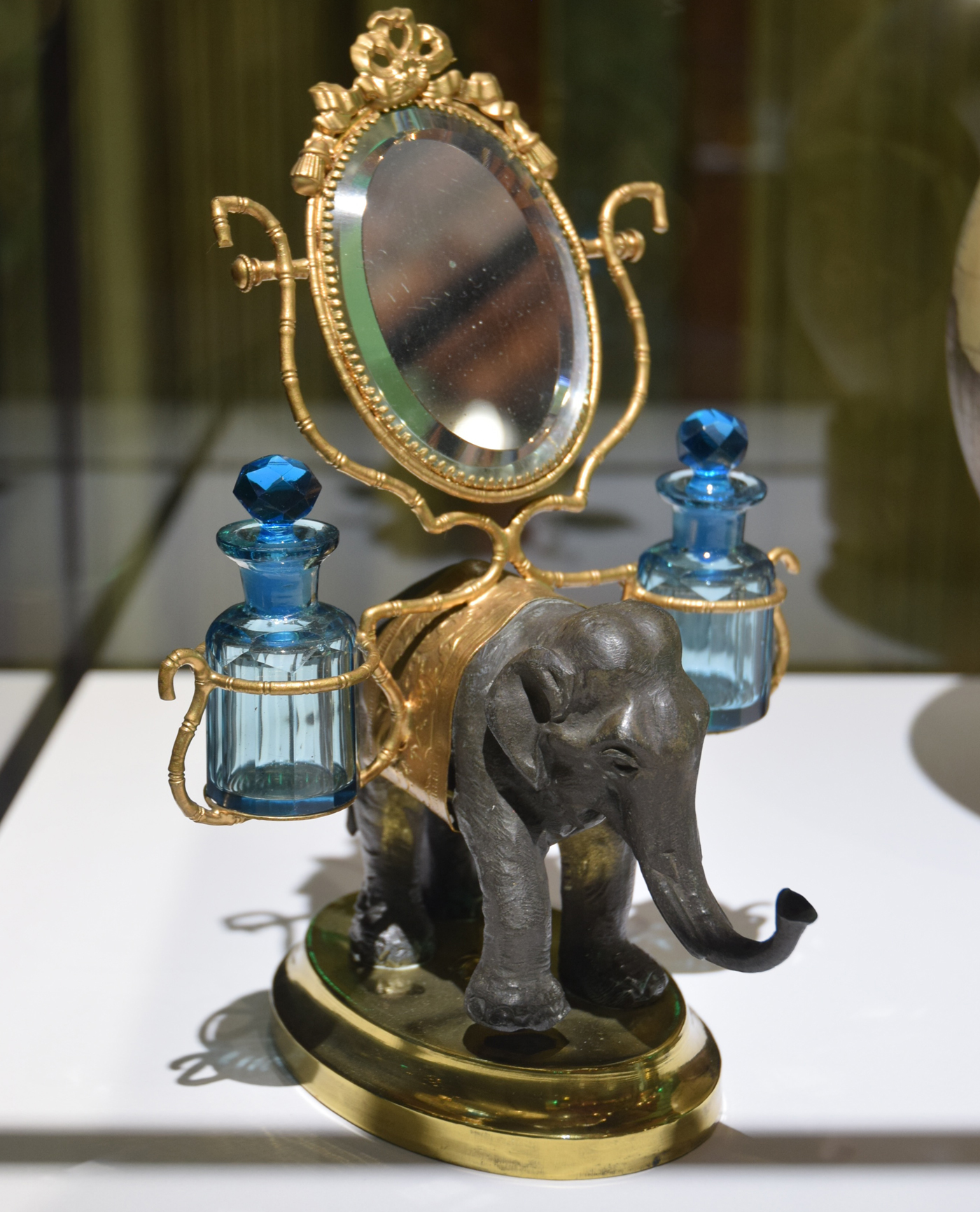
And obviously no dressing table is complete without a scent-carrying elephant…
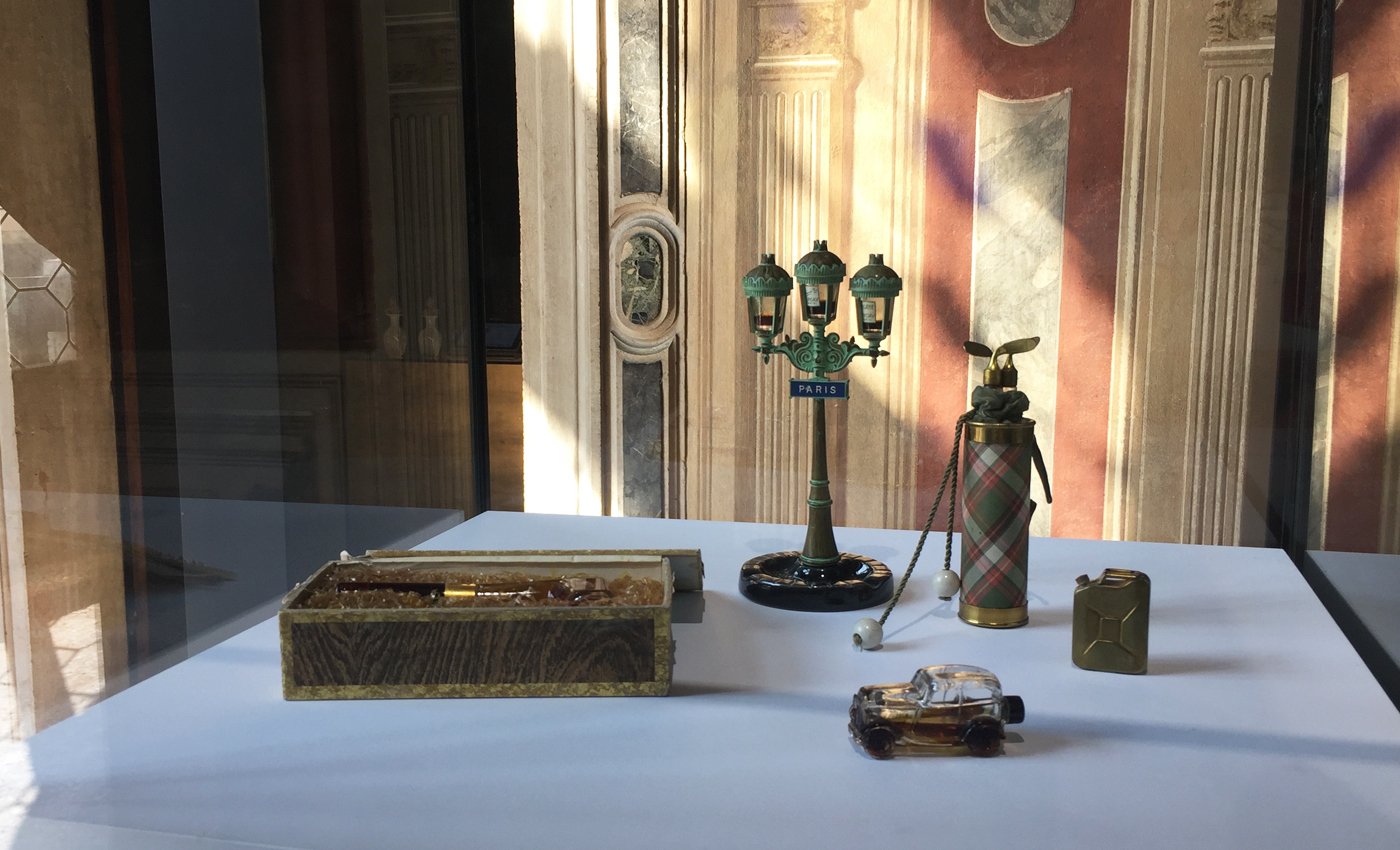
The mini Parisian lamp post has glass lamps filled with three vintage Corday scents and the silk covered golf set houses three fragrance tubes with golf clubs as lids.
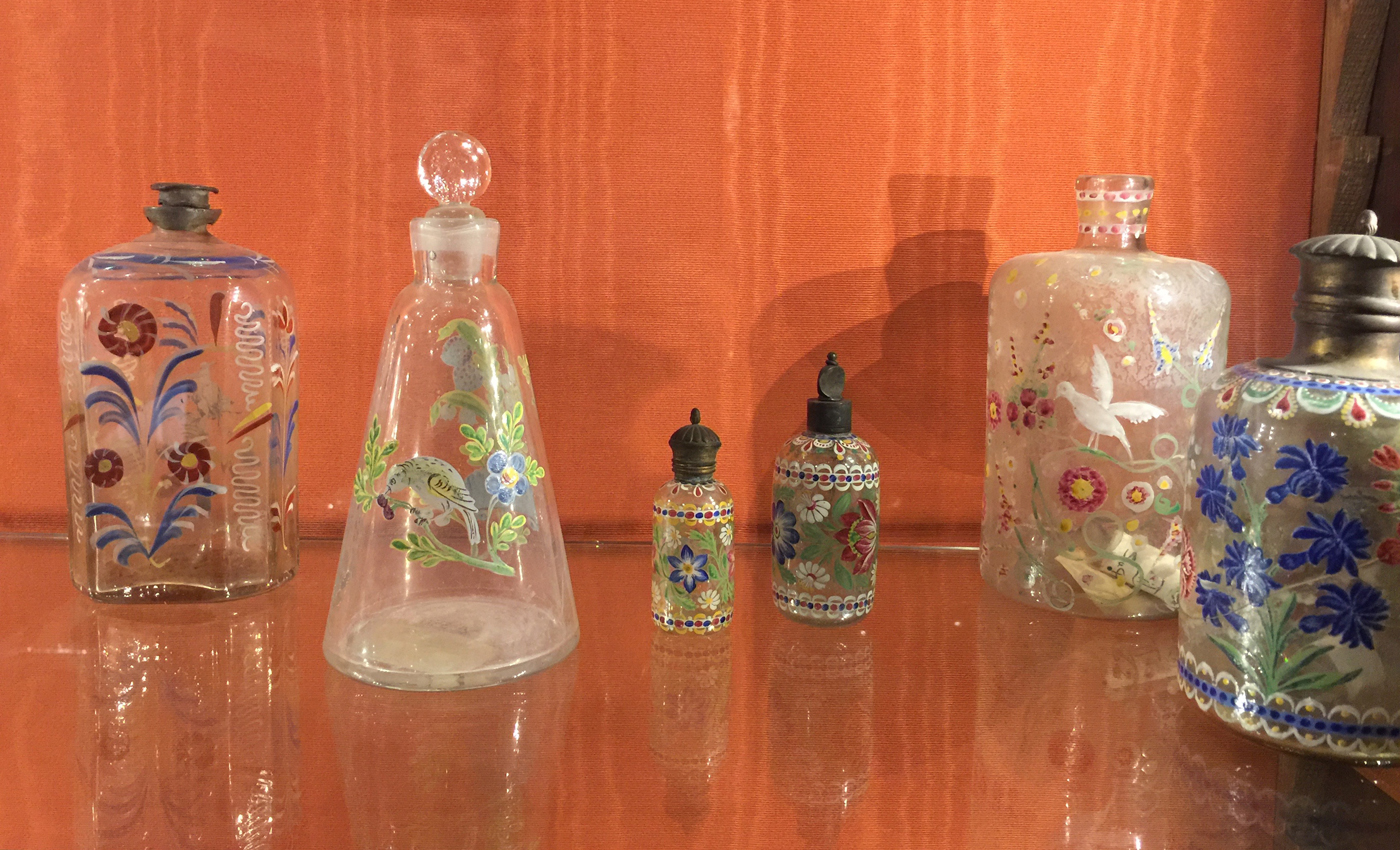
If you are visiting Venice, you must visit, details are on the museum website here.
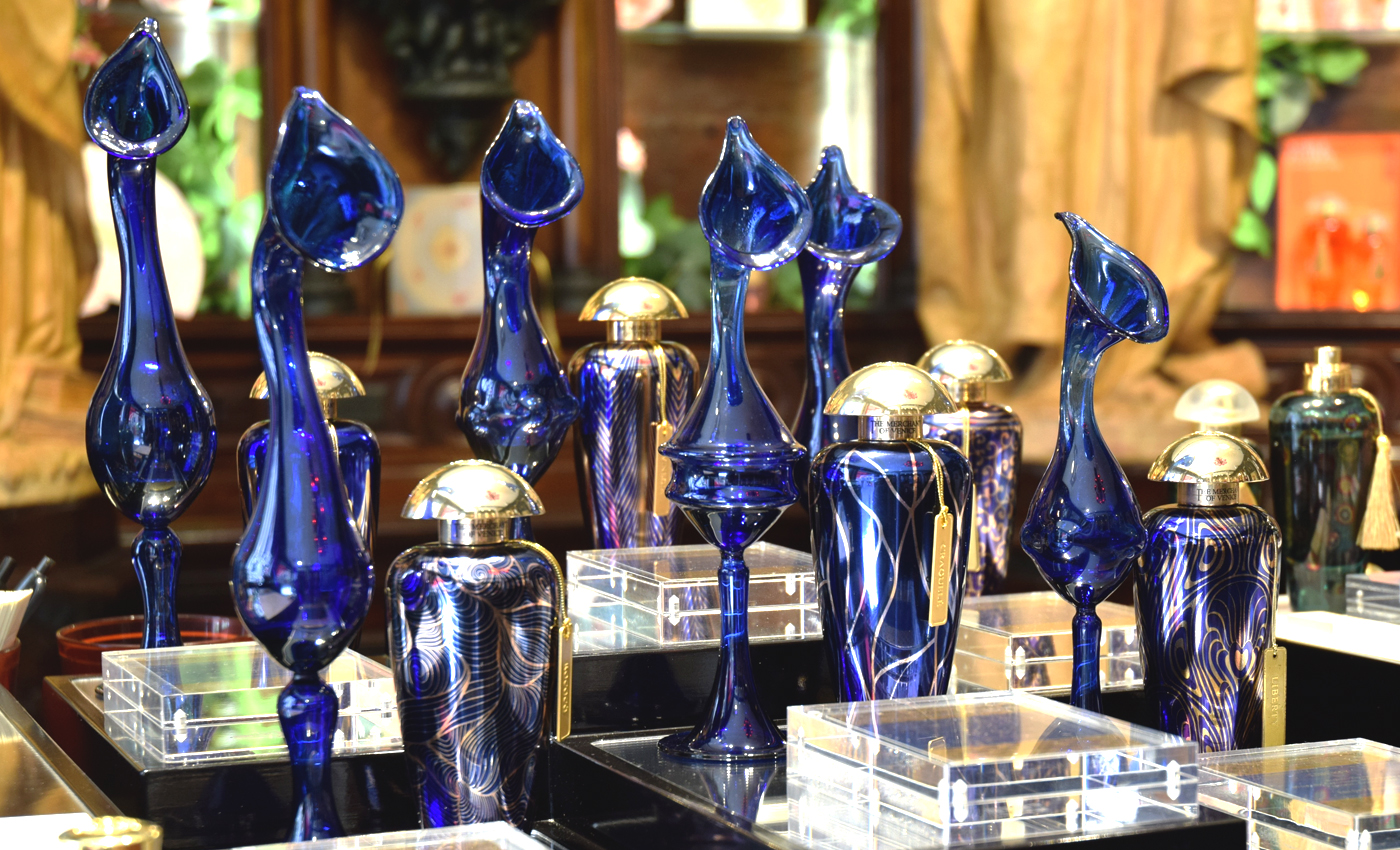
The Merchant Of Venice also has a beautiful store worth visiting, close to St Mark’s Square, where the brand’s entire range of fragrances and beauty products are displayed among terracotta statues and original wood paneling.
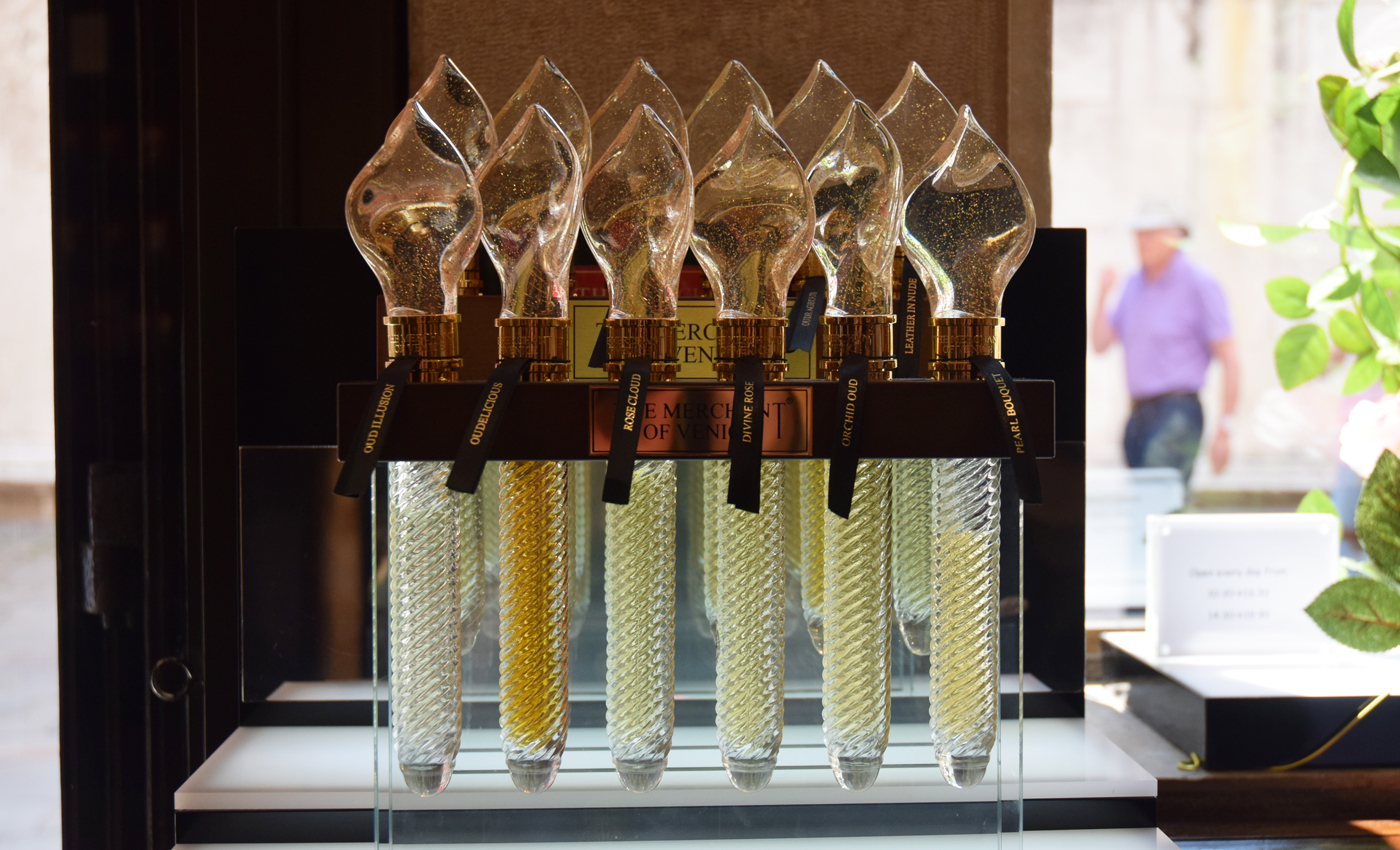
The influence of both the Museum and Venice can be seen in the innovative, Murano glass display vessels used for fragrance testing and in the Murano Art collections of Flames and Vases, which uses the skills of Venetian art blowers, based close by, to create containers for both the scented candles and perfume bottles.
A joy to visit, we urge you to go.
